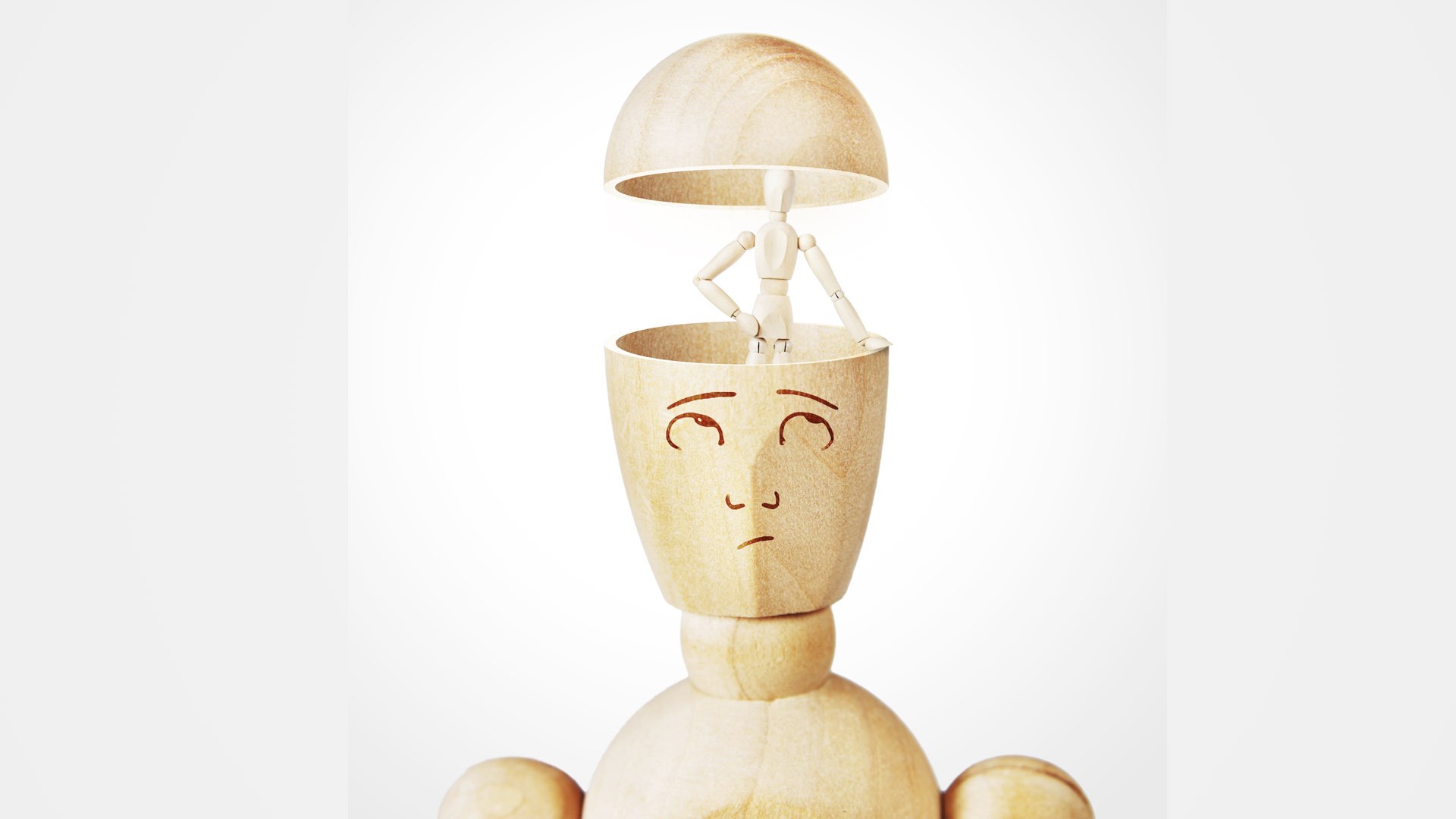Asmita: The Ego That Thinks It’s the Star of the Show

Suffering is Optional Series: Ego
Asmita causes us to view the world through the lens of our own desires, biases, and experiences. It makes us overly attached to our identity and role in life, which prevents us from recognizing our true self – which is interconnected with everything.
Yoga Sutra 2.3:
The Five kleshas are mental afflictions or obstacles that cloud the lens through which we are currently viewing a situation, person, or thing, and keep us stuck in cycles of suffering. We are all born with these kleshas.
Avidya – misperception, delusion, ignorance
Asmita – ego, self-judgment, ‘me’ sense
Raga – attachment, craving, desire
Dvesha – avoidance, aversion
Abhinivesah – fear of death, fear of ‘endings’
The Ego’s Comical Delusion That It’s The Main Character
The ego is a necessary part of the human experience, helping us navigate the world and make decisions to a certain extent. Yoga teaches us how to transcend or transform the ego and lessen its grip.
(A discussion about the Id and the Ego is a much broader philosophical undertaking. This is a more practical understanding of how the ego plays a role within the practice of yoga.)
Asmita is the grand illusion of being separate and more important or less important than others. It causes suffering when we allow it to exaggerate one of two particular plots in the mind: the story of superiority – through arrogance, perfection, stubbornness; or the story of inferiority – unworthy, stupid, ugly.
“A man is what he thinks about all day long.”
Yoga, Ego, and the Art of Not Being a Self-Centered Diva or Jerk
In comparison mode, it can be arrogant or insecure and appear as that overconfident, desperate, attention-hungry part of you that really needs to chill out. Essentially, it’s like having a dramatic friend who steals the spotlight at every party. It’s exhausting, and honestly, you just want to tell it, ‘Hey, maybe sit this one out.’
Through meditation, mindfulness, and self-inquiry, we aim to dissolve the illusion of the separate self and recognize our true, higher nature. The ego becomes something we observe, not identify with.
Ultimately, the spiritual journey is about transcending the ego, not necessarily fighting it; just moving beyond its limitations and noise. Through spiritual practices, we begin to experience a form of self-realization where we feel connected to all beings.
Imagine your ego just… poof! disappears. Suddenly, you realize you’re not the star of the reality show—you’re part of the whole cast, and everyone gets top billing.
Putting It All Into Practice
The Telltale Signs of an Imbalance
Imbalance #1: A False Sense of Self
The ego reinforces an idea in the mind that we are individuals with fixed identities i.e. mother, lawyer, janitor, brother, wife, successful, pretty, CEO, LGBTQ, poor, geek, cook and so on.
A healthy/balanced form of asmita is the practice of self-awareness that reminds us over and over again that we are more than just the roles or titles we carry in this lifetime.
Imbalance #2: The Need for Control
The ego is constantly trying to control the external world and our internal states (emotions, thoughts, etc.). It often leads us to engage in manipulation or self-protection behaviors to maintain a sense of control over situations, people, or our image.
A key aspect of spiritual practice is learning to surrender. This doesn’t mean we stop making decisions or taking action, but we let go of the need to control the outcome.
Imbalance #3: Resistance to Change
The ego is often resistant to change, especially when it challenges that false sense of identity we were talking about. This resistance shows up as fear of the unknown or fear of discomfort—which keeps us stuck in old patterns.
Meditation, breathwork, and asana help us cultivate awareness of the present moment. A movement practice, in particular, can serve as a model to experience change and notice what resistance feels like in the mind and the body. The postures inevitably lead us to understand what surrender feels like, and, over time, we condition the mind as a reflex, to recognize that change is part of life.
Imbalance #4: The Ego and Humility
When we compare ourselves to others, this is the ego whispering in your ear. This leads to either arrogance or feelings of inferiority, creating various forms of suffering through isolation, even drowning out the voice of the spirit.
It clouds the vision that we are part of a greater whole or purpose.
We can cultivate humility through a practice of radical compassion or selfless service. If we use the lens of radical compassion when comparing ourselves to others, we can return to the reality of a shared humanity. Selfless service grants us a deep sense of humility and interconnectedness.
And that daily gratitude journal also flexes the muscle of awareness - it counters the pattern of self talk linked to superiority or inferiority; it deflates the ego and grounds us in equanimity.
Imbalance #5: The Ego's Desire for Validation
The ego craves external validation in the form of praise, success, approval, or recognition. This imbalance would make us feel inadequate when we don’t receive the validation we seek or excessively proud when we do.
Asana, breathwork and meditation draw focus inward and creates a practice of present moment awareness, contentment and self-acceptance. When we cultivate internal validation - feeling good about ourselves because of our inherent worth, not external achievement, we free ourselves from the constant pressure of ego-driven comparison.
No Results Found
The page you requested could not be found. Try refining your search, or use the navigation above to locate the post.